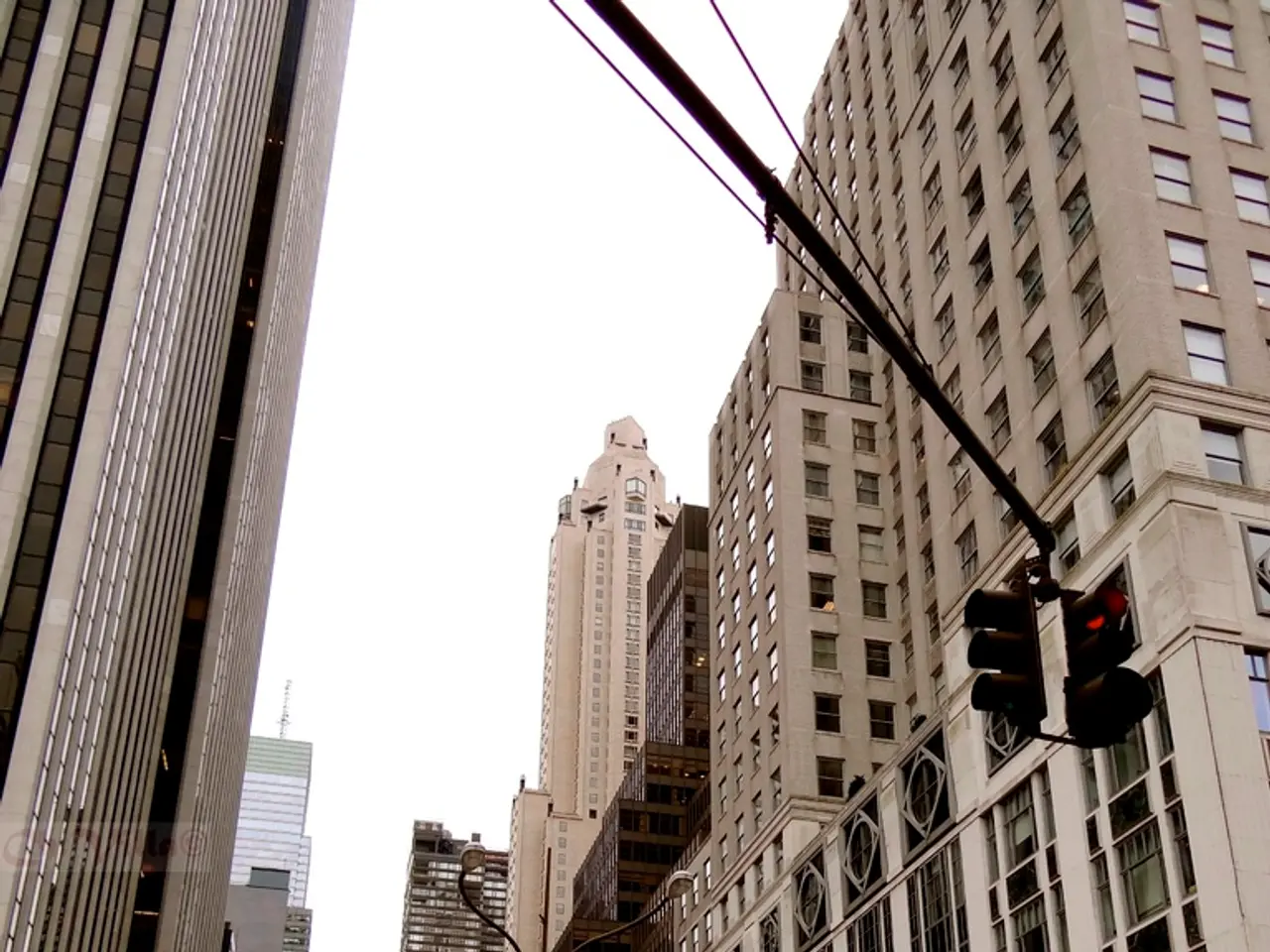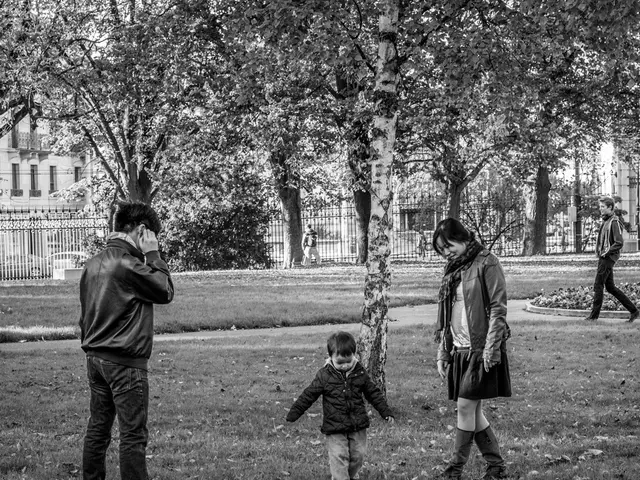Dhaka's Rapid Growth Leads to Severe Noise, Traffic, and Environmental Issues
Dhaka, Bangladesh's capital, faces severe challenges due to rapid urbanization. Its population has surged by 77% in recent decades, making it the fourth most densely populated city globally. This growth has led to numerous issues, including extreme noise pollution, traffic congestion, and environmental degradation.
Dhaka's noise levels reached a staggering 119 decibels in 2021, the highest in the world, posing significant health risks such as widespread hearing loss. The city's traffic speed has plummeted from 21 km/h a decade ago to just 7 km/h today, and is projected to drop further to 4 km/h by 2035. This is exacerbated by the city's inadequate road infrastructure, with only 7% of its land allocated for roads, far short of the standard 25% for a functioning city.
Dhaka's environmental issues are equally alarming. It regularly ranks among the world's most polluted cities due to emissions from countless unfit or semi-unfit motor vehicles. Waterlogging is another perennial problem, with large parts of the city submerged after even moderate rainfall due to filled-in natural canals and wetlands. Despite these challenges, Dhaka's population continues to grow by nearly 1 million new arrivals each year, three times more than its infrastructure can support.
The United Nations estimates that by 2050, more than 13 million people in Bangladesh may be internally displaced, many of whom will end up in major cities such as Dhaka. To address these issues, several countries and organizations have sent experts in urban planning and infrastructure to Dhaka. These include China, Japan, India, the USA, the European Union, the Asian Development Bank, and German development aid organizations. However, with Dhaka now ranked 171st out of 173 cities in the Global Liveability Index 2025, ahead of only war-ravaged Tripoli in Libya and Damascus in Syria, urgent and comprehensive action is needed to improve the city's liveability and sustainability.








